Surely theres a limit to the number of ways you can slow cook something, said the doubters when I took on this second book of over 100 recipes. Little did they know! Such is the versatility of the slow cooker I had loads of ideas up my sleeve for book two! I hope you enjoy this collection of 130 new recipes, just as lovingly written, tested and devoured as those in book one. This book is designed to be really simple to use. If you fancy a curry or something spicy then look in the curries section, or maybe rich braises and stews are the reason for your slow cookers presence in your kitchen, so take a look at that chapter. In my kitchen my slow cookers (cookers are plural because at the last count I had eight!) are a godsend for midweek meals, but particularly when entertaining. I love to have large gatherings and parties, and it is at these times I could not live without a slow cooker.
This New Years Eve we had a house full of guests, so we filled a slow cooker with mulled wine and left it ticking over on the warming function, ready to take the chill off when the guests arrived. There was also a buffet table with two slow cookers one containing . They had been thrown together 8 hours before and then left to their own devices while I relaxed and did my nails(!). Both dishes were smart enough to be left in situ ready for guests to serve themselves. Entertaining for a large number has never been easier, so if thats your thing, youll also find a chapter for feasts and celebrations. One of the areas that I was most excited about experimenting with in this book was super slow cooking.
All the top chefs seem to be doing it at the moment with laudable results, so why shouldnt we at home? Well, often we cant, as the temperature on most domestic ovens makes it impossible many dont go low enough. I guess theres also an element of concern for food safety and waste when experimenting like this at home. With your best interests at heart (and admittedly many of my own) I went about creating a super slow chapter where I would do the experimenting for you what would happen to the ingredients, would they still taste good and more intense in flavour or would the flavour begin to diminish? Would super slow cooking really, honestly, make a better dish out of an ingredient than if I had just thrown it all in a conventional oven for 2 hours? The unbelievably tasty, gorgeous and sumptuous dishes within this chapter will, I hope, convince you that over a long period of time some ingredients evolve into something even more spectacular than would be achieved with conventional cooking, often with significantly less time-consuming attention and hassle. There are also yummy chapters on roasts, light and easy dishes, chillies and pasta sauces as well as puddings and cakes. So, whatever your penchant and requirements, whether after-work suppers, make-ahead meals or those days when you just dont want to spend too much time in the kitchen, there should be a chapter for you! A note on slow cooker sizes All the recipes in this book have been cooked and tested in a 5.7 litre (10 pint) slow cooker. If your slow cooker is a different size then you will need to adjust the ingredients and cooking times accordingly.
If you find that recipes requiring tins or dishes to be placed inside the slow cooker are difficult to follow (because of the size of your slow cooker), then try using individual ramekins or ovenproof dishes instead, and adjust the cooking times accordingly. Please remember that every brand of slow cooker is different, so its critical to follow the individual manufacturers instructions.
If you havent used a slow cooker before then this section is definitely worth reading. Indeed, if youve been using a slow cooker for a while and are starting to feel a bit bored with the results, then some of these guidelines may just remind you of the many possibilities of your slow cooker and help you expand your repertoire.
What to buy? There are so many slow cookers on the market it can be difficult to know where to start when buying one. Either way, they are basically made up of a heated, electric element, which surrounds an inner dish with a lid.
The cooker is plugged into the mains and controlled simply to high or low. You will also find options for timers, beepers, lights, digital screens the list goes on, but for me there are two main factors when choosing a machine: what size is it? And does it have a removable, ovenproof inner dish? Most major brands will come in a choice of sizes these days. The capacity of your model will depend on the number of people you wish to cook for, and the type of food you want to cook. As a benchmark, a 56 litre (910 pint) cooker should easily cater for six people. If you like to cook large batches of food for freezing, or entertaining, then a 6 litre (10 pint) capacity model or more would be perfect for you. If you would like to cook joints of meat or larger cuts, then try an oval-shaped cooker.
Round models tend to be better suited to soups, stews and puddings. A removable, ovenproof inner dish is a must for me, as the cooker immediately becomes much more versatile; its also easier to clean and store. An ovenproof inner means that you can use the dish in the oven, if you wish, and makes it more attractive for taking directly to the table. I also find that I have more control when cooking, as I can remove the dish from the heat source immediately if I want to, and I can also grill the top of dishes, if required. Some slow cookers now have inner dishes that are flameproof too, and can be used on the hob, making them even more adaptable. The important thing to remember is that every machine will be different.
They will reach different top temperatures and be suited to different lengths of cooking and techniques. It is essential that you check the manufacturers instructions for your machine before embarking on any of these recipes or any of your own creations. Its also worth acknowledging that a slow cooker is completely different from a pressure cooker and will have very different results they are not comparable, although there seems to be a popular belief that they are one and the same thing. One of the questions I am asked most about slow cooking is, Is it safe? Concerns can range from food safety to worries about fire and energy consumption. The United States Food Safety and Inspection Service states that when slow cooking, The direct heat from the pot, lengthy cooking and steam created within the tightly covered container combine to destroy bacteria and make the slow cooker a safe process for cooking foods. A slow cooker will operate at about 7797C (171207F), depending on its selected temperature setting and manufacturers variations.
In England a temperature of 75C (167F) is deemed adequate to destroy any harmful bacteria. Once food has reached this temperature, it can be kept at a lower temperature for up to 2 hours and still be consumed safely. So, a slow cooker that has been given time to warm up and reach its optimum temperature at the designated setting will safely destroy the risk of food poisoning. If you are in any doubt, I suggest you stick to cooking pieces of meat, as opposed to whole birds or joints and/or invest in a simple cooking thermometer for inserting into ingredients to test their core temperature. If I still have to convince you of the safety of your machine, then you can also turn the slow cooker onto high for the first hour of cooking to bring the temperature to above 75C (167F). However, I rarely do this, and remain alive to tell the tale! My view is that if you begin with fresh ingredients, use clean utensils and a clean thermometer, there is no reason why you should have any concerns at all about food safety with your slow cooker.

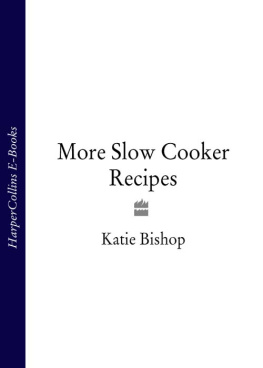

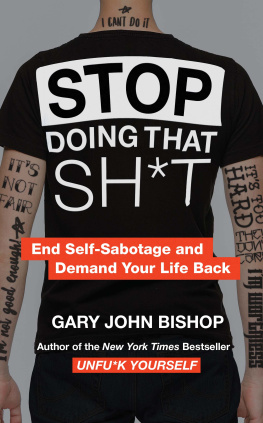
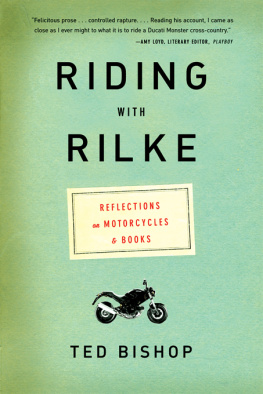

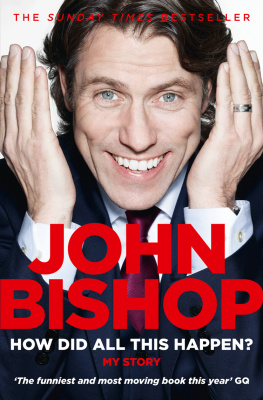
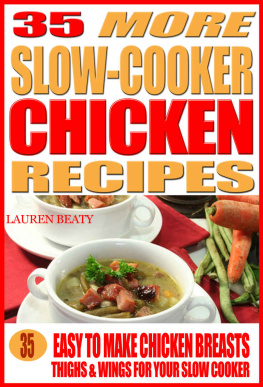


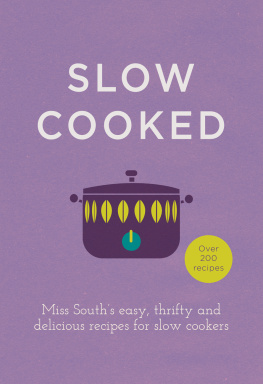

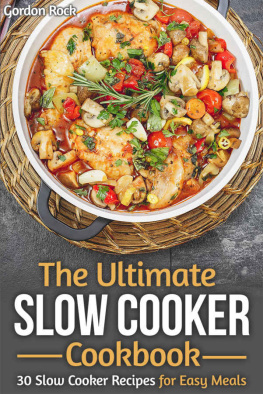

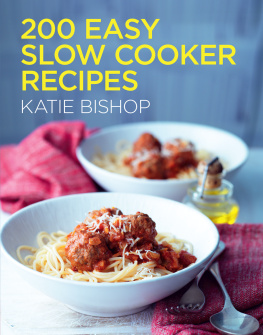
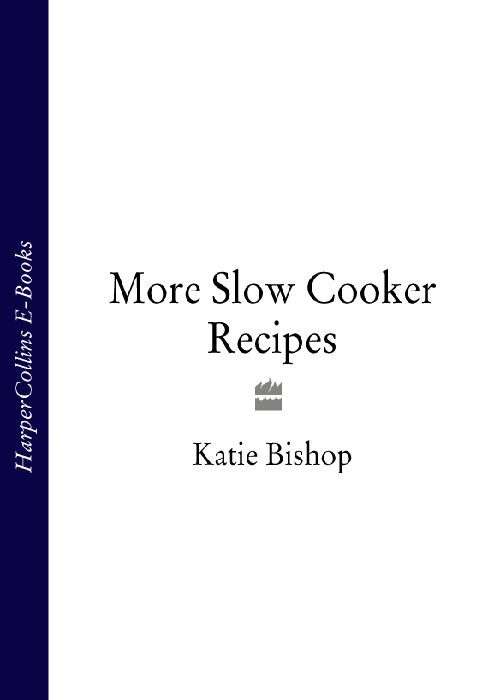 MORE
MORE